Fifteen years ago, 85 percent of my strategic public relations consulting firm’s billable time focused on media relations. Today, it is less than 10 percent. My clients are much happier with the results, and much the better for it.
Don’t misunderstand me. Media relations remains a vitally important skill for public relations professionals. But the days of pitching the media and relying on them to communicate to your target audiences are long gone.
The internet revolution has profoundly changed the public relations profession. It has even more profoundly changed the news media. Pre-internet, public relations largely relied on news media to communicate with our audiences. Sure, we could print words and pictures on paper: magazines, annual reports, newsletters, and brochures. We could even mail them to people. How quaint!
In case you haven’t noticed, those days are gone. According to the Pew Research Center for Journalism and Media, daily print newspaper circulation has declined for 28 consecutive years, nearly 50 percent from its peak in 1990. Digital circulation has not made up for even half of this decline. The remaining audience is primarily 50 years old and up.
Television isn’t immune. Local television news audiences have declined, too. Even morning news viewer numbers are down 12 percent in the last three years. Late night TV news viewership is down 31 percent since 2007.
As audiences decline, revenue declines, and staff numbers decline. There are fewer journalists around to receive our wonderful client story pitches, asked to produce more in less time.
Still, some PR pros continue to focus on traditional media relations. Some still engage in “spray and pray” news release distribution. A newspaper reporter recently divulged to me he’d received 800 email pitches – that DAY.
It’s not any better for online journalists. Many must churn out three to five stories daily. How much time does that leave for reading your pitches, much less your follow-ups and phone calls?
Clients grow frustrated when we can’t deliver the same level of coverage the way we used to, but we’re still sending them invoices for the effort. We are failing them if we haven’t adjusted our mindset and their expectations.
Public relations professionals have the opportunity to improve message delivery and results by communicating directly with our audiences. We now have access to the same tools, the same platforms, and same potential target audience reach as our journalist colleagues. We can publish articles, podcasts, video features, interviews, graphics, photo galleries, and report live anytime we want.
The era of fighting gatekeepers is over. Who needs it? As strategic communication experts, we have so much more to offer than begging news media to run stories about our clients. If you’ve made traditional media relations the focus of your practice, you may have some catching up to do.
Today, the “media” proactively scoops the best stories and news from the Internet. Surveys repeatedly show 90 percent of journalists consider an online newsroom important; 30 percent visit online newsrooms daily, and 50 percent visit weekly. Three-quarters download text or visual assets such as photos, video, and graphics. Eighty percent of journalists say organization websites are their first stop over social media, trade publications, or other information sources.
When an organization generates its own quality news, it can reach its target audiences directly by offering useful information, tips and helpful advice about products and services. Branded content like blogs, webinars, entertaining or instructional videos, chats, or FAQs establish a relationship on a platform you control, with messaging positioned exactly as you want it.
We need to become the newsroom for our clients and organizations, and start thinking like journalists. We need to dig up the stories that matter to our audiences, and then create, publish and distribute those stories through a well-chosen array of channels: websites, YouTube channel, social media, newsletters. We don’t have to hope and pray a reporter “gets it right.” We can bypass traditional news media if we can’t get their time to cover our stories. And we should.
Those of us who spent many years as journalists before becoming public relations professionals have a distinct advantage in this new universe. We possess a deep understanding of compelling storytelling, an expertise immune from technological and professional obsolescence.
Media relations is still a core skill for public relations practitioners. There is still value in news coverage. But you should largely replace the traditional “news release,” fruitless pitching and follow-ups with rich, well-written content and high quality visual assets capturing the attention of traditional media, who will find you and create a story around your content.
Share This Story, Choose Your Platform!
Written by: Gayle Lynn Falkenthal, APR, Fellow PRSA
Posted on: December 2, 2017
Gayle Lynn Falkenthal, APR, Fellow PRSA, is President of the Falcon Valley Group, a San Diego based public relations consulting firm. Her expertise includes crisis communications, reputation management, and content strategy and positioning for a wide range of businesses and organizations.




